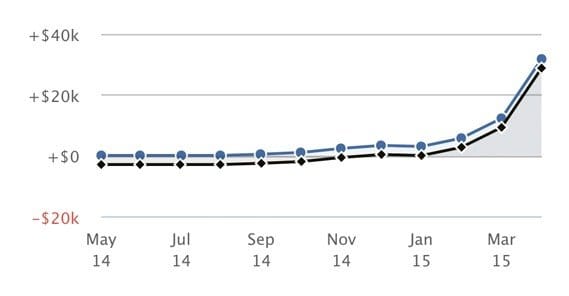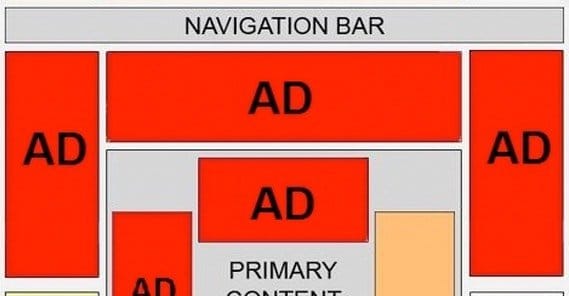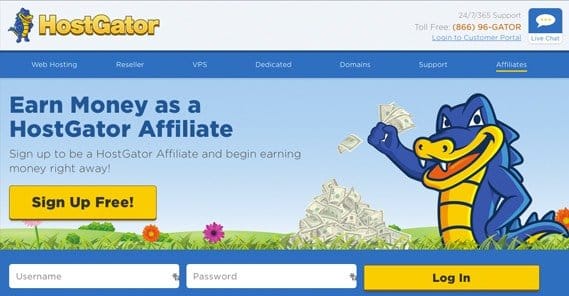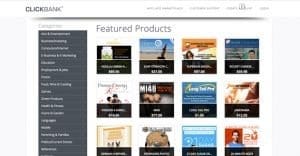How to Make Money on a Site With Low Traffic

There’s a bit of a common misconception that you need to have a big blog with a lot of traffic in order to monetize successfully. It’s not true, though. It’s difficult to monetize a site after the fact, and the longer you wait, the more difficult it is. Larger audiences tend to rebel more against big changes, and adding ads or affiliate links to a site when it’s large will draw that backlash.
I find it’s typically a good idea to add monetization routes when you first create the site, or otherwise as soon as possible. The longer you wait, the harder it gets, and the more readers you’ll lose when you add them.
That said, you can’t just add any old ads and hope they’ll make you money. CPC ads, for example, might only be earning you a few cents per week. You’d have to dramatically increase your audience before they start to show improvement. So what can you do to make a decent amount of money from a blog without a lot of traffic?
Preamble: The Route to High Value
The options I’m going to present rely on you having a high quality blog. You don’t need to have a ton of followers, but you do need to have a high standard for your content. You need to be publishing content on a regular basis, typically at least three times each week. You need to have a narrow, defined niche and subject, and you need to stick to that subject. General interest blogs are a dime a dozen and that’s about the cap you can expect to make from them.
Avoid trying to monetize in a dozen ways at once. When a user logs on to a site and sees AdWords and AdSense ads, and they see banners and affiliate links, they figure you’re a thin site designed more as a vessel for advertising than as a legitimate resource.
That’s your goal; to become a legitimate resource. You need to do something no one else is, in a way no one else is, with resources no one else has. Finding your unique sales proposition is incredibly important.
Option 1: Hype and Sell a Book
Warning: this method includes a lot of work and a long process leading up to one large payday, some trickling sales and a repeat button.
The general process for this idea is to write a book on your subject. Ideally, it will be a book only you can write, with your unique perspective and data to back it up. If your industry is packed full of books already, you need to figure out how to make yours stand out, either through length, content or value.
The first step is to determine the point of the book, the overall goal. From this point on, you’re going to be mentioning the title or theme of your project in nearly everything you write. You are going to become a one-man promotion machine, and you’re going to do it more casually than you ever thought possible.
As you go, you need to give people a way to follow along with your progress. The easiest way is to set up a mailing list specifically for your upcoming book. Create opt-in forms and let people know once a week or so that you have a mailing list they can follow to keep tabs on your book. It will grow. Trust me; there are people who are interested in your book. You just need a way to connect with them.
The main part of the process – aside from writing the book itself, which you do have to do – is sharing valuable content. Think of every blog post you make as a proto-version of a chapter or section in your book. Share value, but make sure to let users know there’s more to be found in your book. Write a top 10 list on your blog, and let them know it’s a top 30 list in your book.
In the weeks and days leading up to the final release of your book, put the hype train on full blast. Get people to pre-order. Get a selection of influencers and bloggers to write reviews with preview copies. Send out press releases. Do whatever you have to do to get as much attention for the day as possible.
You can follow this up with guest posts about your subject, which will be in demand because at this point you’re an authority. As long as the book you produce is high quality, you’ll prove your place, and can operate from this position of authority in the future.
Now: do it all again. After a cool-down period, you can start slow again, building up mentions of a second book in the works. You’ll already have interested readers who liked your first book lining up to preorder. It gets easier every time.
Option 2: Run High Value Affiliate Offers
Okay, so I spent a lot of time with the first option, but that’s because it’s so detailed. With the book method, you spend a lot of time, energy and money hyping up a product so that you have one large payday on release and a decreasing trickle as more people buy over time.
With this second option, you’re looking at a lower but steadier income. Rather than focusing everything into one large payday, you’re trying to build a steady income from week to week. Affiliate offers are the way to go here, but you really need to choose carefully.
Affiliate offers are great because they don’t necessarily need a huge audience to work. You can have a small, low-volume blog but if you have a few high value offers, all it takes is one conversion to make up for all the expenses you have running your site. In a world where one good conversion can pay you nearly $300, it’s fine if you don’t have a lot of traffic; you only need a couple of conversions per month to set a baseline.
The real power of affiliate offers is their scalability. Find good offers and set them up, then optimize your site for getting more people to come in and see those offers. As you gradually increase volume, you also increase your conversions, and you end up with a higher paycheck as a result.
 ContentPowered.com
ContentPowered.com







